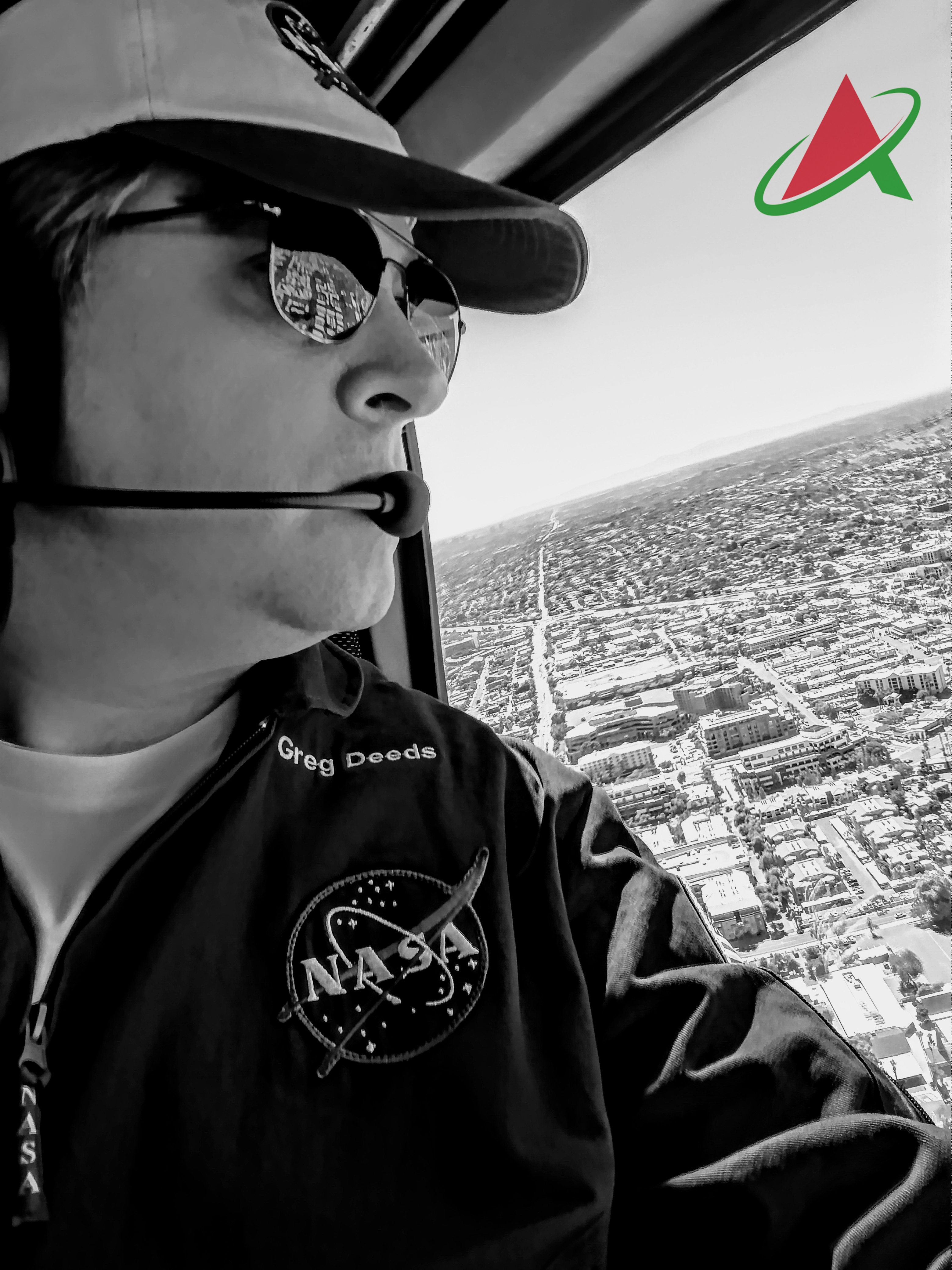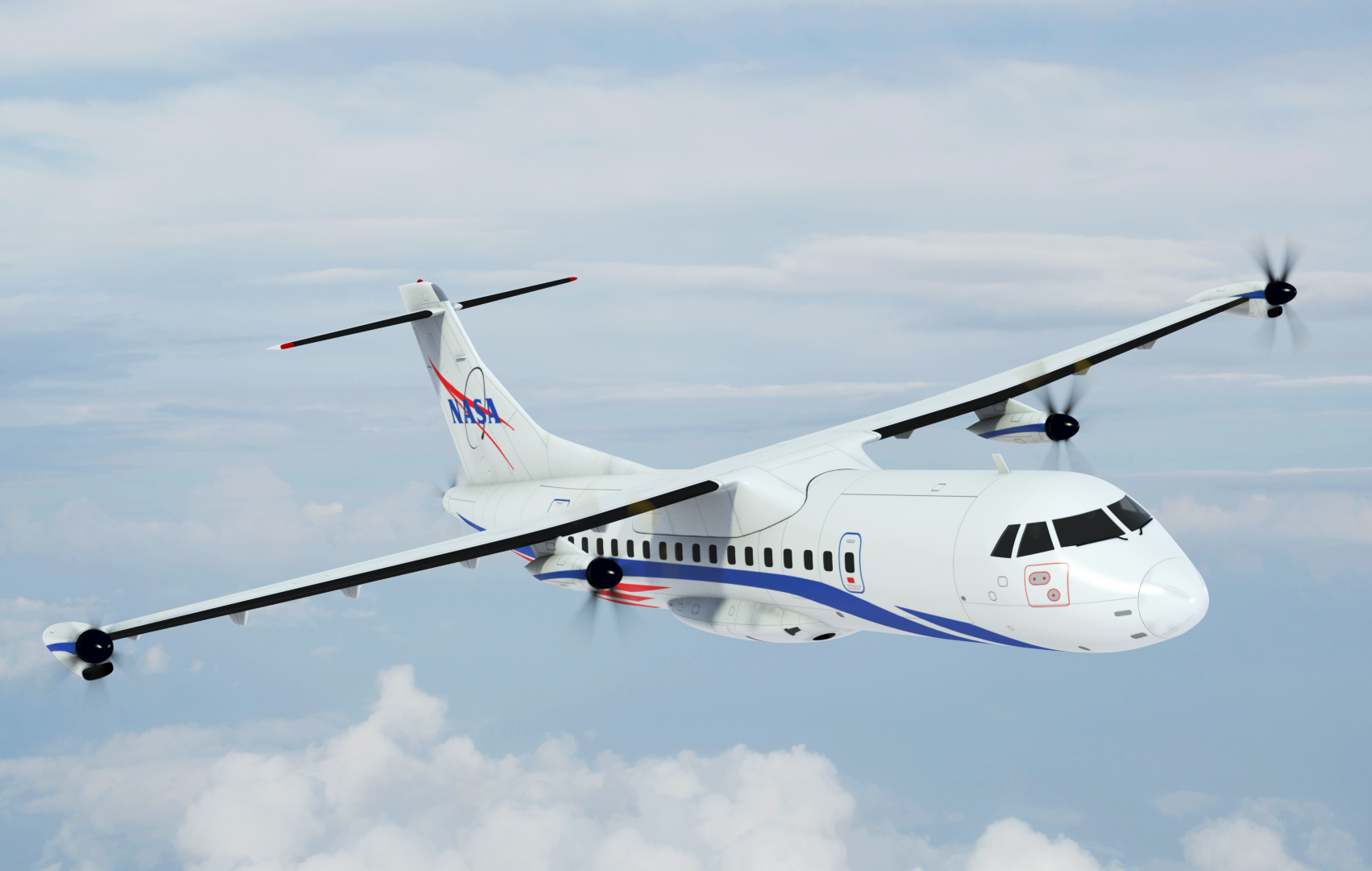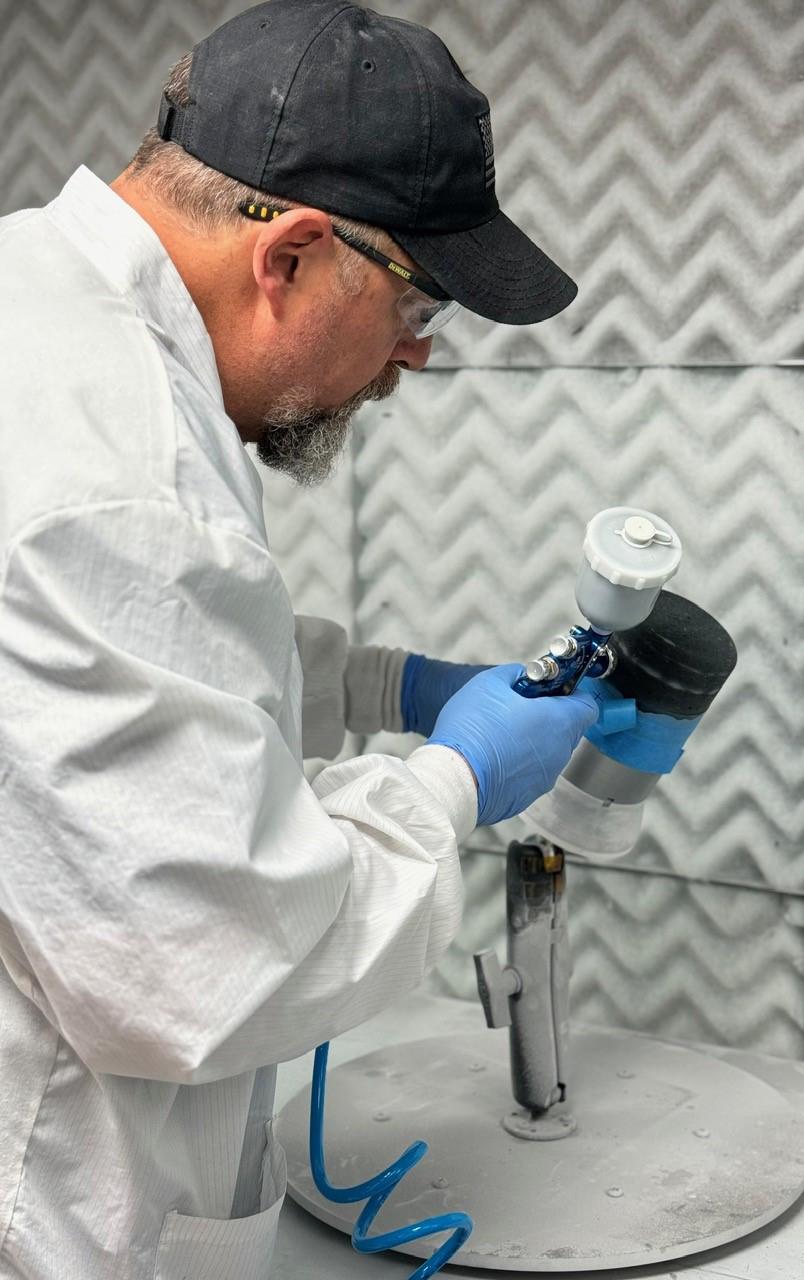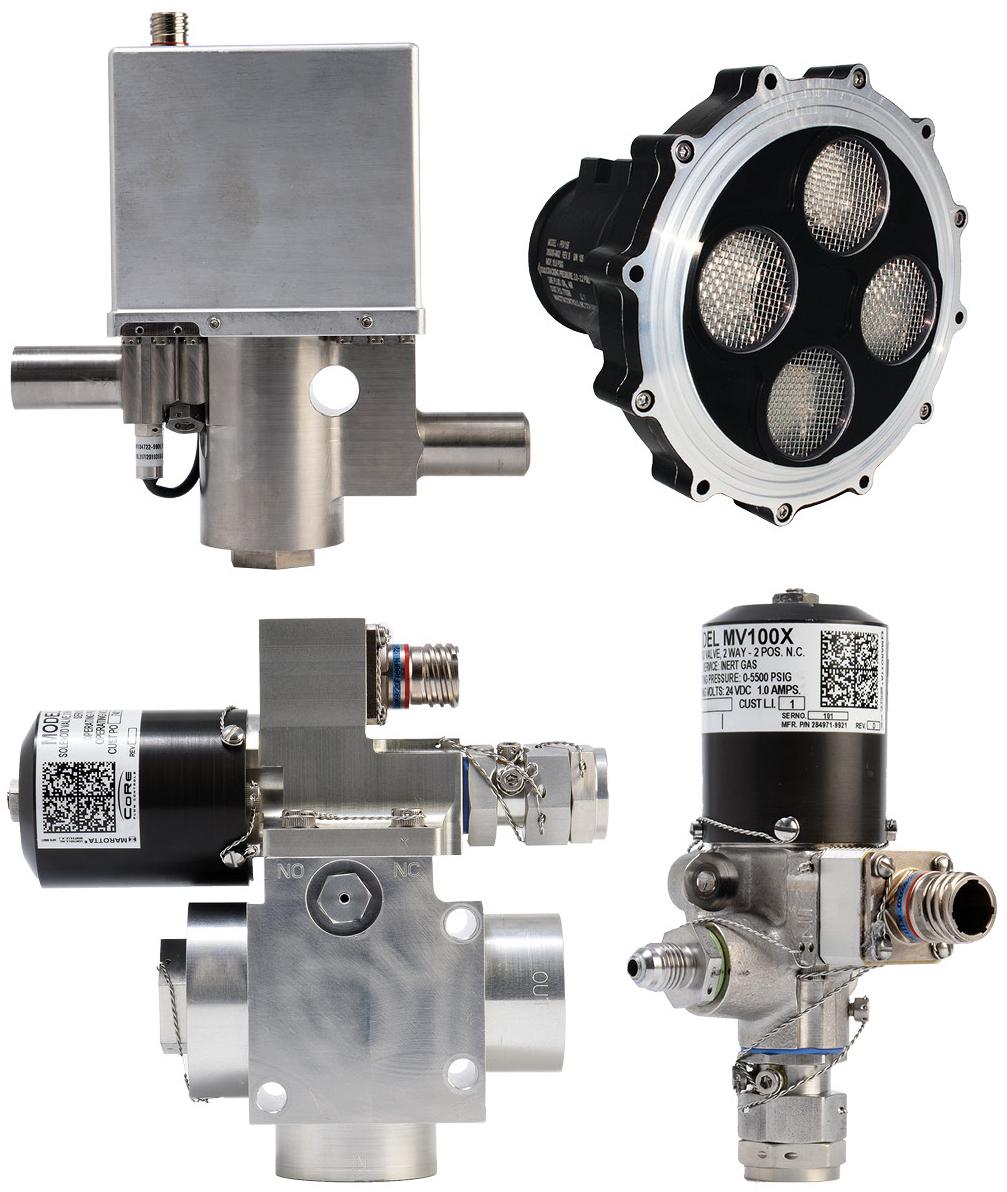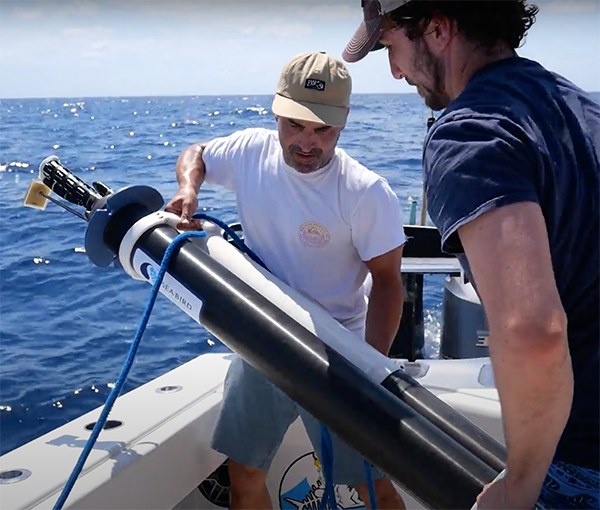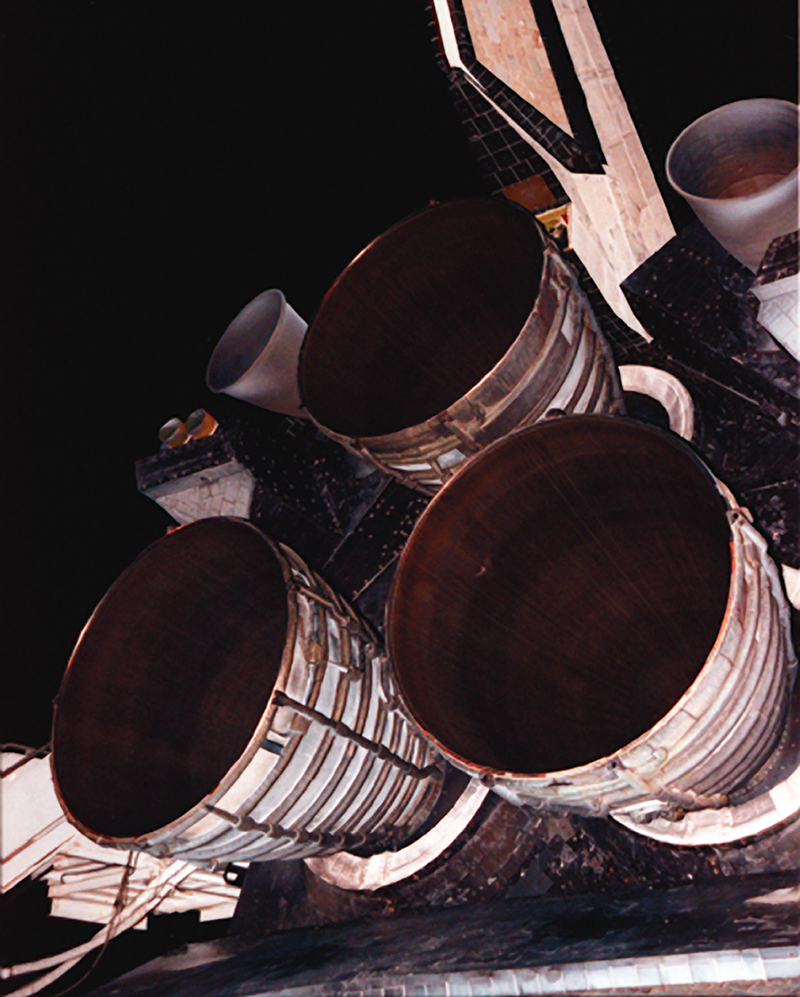
Hydrogen Sensors Boost Hybrids; Today’s Models Losing Gas?
Originating Technology/ NASA Contribution
Advanced chemical sensors are used in aeronautic and space applications to provide safety monitoring, emission monitoring, and fire detection. In order to fully do their jobs, these sensors must be able to operate in a range of environments. NASA has developed sensor technologies addressing these needs with the intent of improving safety, optimizing combustion efficiencies, and controlling emissions.
On the ground, the chemical sensors were developed by NASA engineers to detect potential hydrogen leaks during Space Shuttle launch operations. The Space Shuttle uses a combination of hydrogen and oxygen as fuel for its main engines. Liquid hydrogen is pumped to the external tank from a storage tank located several hundred feet away. Any hydrogen leak could potentially result in a hydrogen fire, which is invisible to the naked eye. It is important to detect the presence of a hydrogen fire in order to prevent a major accident.
In the air, the same hydrogen-leak dangers are present. Stress and temperature changes can cause tiny cracks or holes to form in the tubes that line the Space Shuttle’s main engine nozzle. Such defects could allow the hydrogen that is pumped through the nozzle during firing to escape.
Responding to the challenges associated with pinpointing hydrogen leaks, NASA endeavored to improve propellant leak-detection capabilities during assembly, pre-launch operations, and flight. The objective was to reduce the operational cost of assembling and maintaining hydrogen delivery systems with automated detection systems. In particular, efforts have been focused on developing an automated hydrogen leak-detection system using multiple, networked hydrogen sensors that are operable in harsh conditions.
Partnership
In 1999, Glenn Research Center’s Technology Commercialization Office awarded Makel Engineering, Inc., with a Small Business Technology Transfer (STTR) contract and additional funding to commercialize NASA’s automated hydrogen-sensing technology for aerospace, industry, and consumer applications. Makel Engineering, based in Chico, California, worked closely with Glenn throughout the technology’s commercial development. Recognizing that the NASA sensors could expedite the time-to-market for hydrogen-fueled transportation vehicles, the company went on to partner with a top U.S. automaker and supply its advanced hydrogen sensors for hydrogen-powered internal combustion engine (H2ICE) applications.
Product Outcome
The U.S. Government, auto manufacturers, and citizens have all encouraged the use of hydrogen as a transportation fuel. Transitioning to hydrogen would provide several advantages, such as reducing dependence on foreign oil and eliminating vehicle emissions. Before this future is realized, however, two essential principles must be addressed: the need to responsibly tackle overarching fuel-safety concerns and the need for fast, reliable hydrogen monitoring—integrating data collection, analysis, and communication.
Consequently, Makel Engineering is providing Ford Motor Company with hydrogen leak-sensing systems for its prototype H2ICE vehicles. The systems consist of four hydrogen sensors, a control unit, and associated cabling. The sensors are installed at various locations throughout the vehicle and continuously monitored by the control unit. In the event of a hydrogen gas leak, the sensors will alert the control unit to the presence of hydrogen, and the control unit can then initiate appropriate actions.
Ford regards the H2ICE as a near-term, low-cost transition or “bridging” strategy to stimulate the development and maturation of the hydrogen infrastructure and related hydrogen technologies, including on-board hydrogen fuel storage, hydrogen fuel dispensing, and hydrogen safety sensors. The engine has a laundry list of benefits that rival its gasoline-powered predecessor. It possesses all-weather capability with no cold-start issues, and requires zero warm-up. It has high efficiency (52-percent peak-indicated efficiency), as the vehicles it operates can easily achieve California’s Super-Ultra-Low-Emission Vehicle (SULEV) standards and more than 99-percent reduced carbon dioxide vehicle emissions. Even more, its performance—while running comparable to gasoline—increases fuel economy by 25 percent, and up to 50 percent with an aggressive hybrid electric strategy.
The prototype version of the hydrogen-hybrid powertrain was unveiled to the public in January 2003, in the Model U concept vehicle at the North American International Auto Show (NAIAS) in Detroit. There, Ford touted the Model U as “a model for change for the next century” and “the Model T of the 21st century.”
The drivable version of the supercharged, intercooled hydrogen powertrain was unveiled during the Ford Centennial celebration in June 2003. Scores of journalists from around the world were able to experience driving the H2ICE-equipped prototype vehicle firsthand during a media drive held in a Detroit-area park.
Ford is moving to put the hydrogen-powered technology to work in a V-10 shuttle bus engine, as well. The H2ICE E-450 chassis cab made its debut earlier this year at the 2005 NAIAS. The E-450 shuttle bus seats up to 12 passengers, including the driver, with room for luggage. The vehicle is equipped with a 5,000-psi hydrogen fuel tank and emits only water as exhaust. The automaker expects the shuttle bus to have a driving range of up to 150 miles, depending on conditions and vehicle load.
Makel Engineering notes that, as the use of hydrogen as a transportation fuel becomes more prevalent, numerous technological solutions for hydrogen generation, storage, and utilization will be created—all having stringent safety requirements. Furthermore, it asserts that, as hydrogen becomes a more practical and established fuel source, the availability of safe hydrogen refueling sources will be fundamental to public acceptance. Effective hydrogen sensors that respond accurately and quickly to hydrogen gas leaks will be a prerequisite in the development of hydrogen-powered vehicles and related infrastructure.
Makel Engineering’s development and delivery of a vehicle-safety sensor system demonstrates acceptable levels of performance, reliability, and cost, and overcomes a major commercialization barrier for transportation applications.

Makel Engineering, Inc., worked with Ford Motor Company’s research and development team on a comprehensive hydrogen-monitoring system for the Model U prototype. The system provides continuous leak monitoring throughout the vehicle and has been demonstrated at car shows and other advanced automotive technology events.
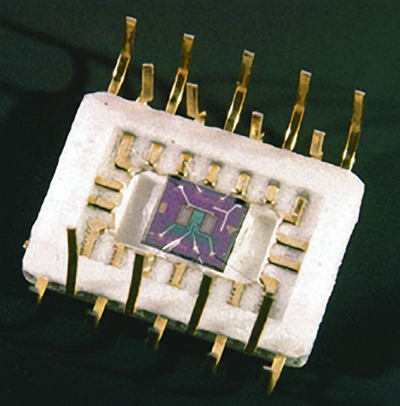
Makel Engineering, Inc.’s advanced hydrogen sensors are built to operate in harsh conditions, for aerospace, industrial, and commercial applications.
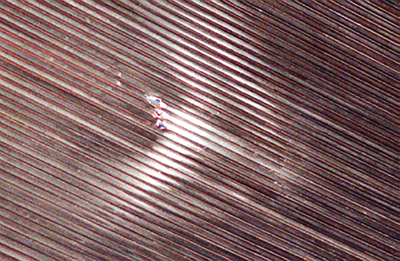
The image below shows what appear to be three small holes in the liquid hydrogen tubes inside the nozzle on Space Shuttle Main Engine No. 3 (right-most engine), following the landing of Space Shuttle Columbia (STS-93) on July 27, 1999. The image above shows the holes in greater detail. During the mission, Columbia reached an orbit about 7 miles lower than anticipated, due to premature main engine cutoff that was traced to a hydrogen leak.





